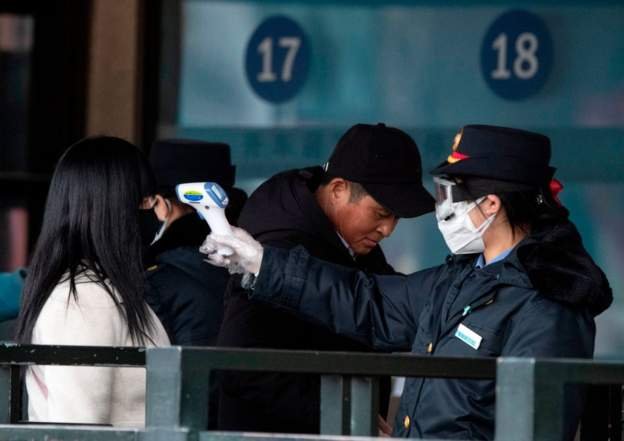Ghana’s January 2022 CPI Was 13.9 Percent
- Home
- Ghana’s January 2022 CPI Was 13.9 Percent

Ghana’s January 2022 CPI Was 13.9 Percent
 The Consumer Price Index (CPI) for January 2022 in Ghana was 13.9 percent, which represents 1.3 percentage points higher than the 12.6 percent recorded in December 2021.
The Consumer Price Index (CPI) for January 2022 in Ghana was 13.9 percent, which represents 1.3 percentage points higher than the 12.6 percent recorded in December 2021.
The Ghana Statistical Service (GSS) issued the figures at a press conference in Accra on Wednesday, February 9, 2022.
The GSS explained that the month-on-month inflation between December 2021 and January 2022 was 2.1 percent.
The Government Statistician, Professor Samuel Kobina Annim, said Housing, Water, Electricity, Gas, other Fuels and Transport recorded inflation rates above the national average of 13.9 percent with Housing, Water, Electricity, Gas and other Fuels, (28.7 percent) recording the highest inflation.
He said at the regional level, the overall year-on-year inflation ranged from 6.9 percent in the Eastern Region to 18.4 percent in the Greater Accra Region.
He noted that the Greater Accra Region recorded the highest month-on-month inflation (5.0 percent) with the Upper West region recording a negative month-on-month inflation rate in January 2022 (-1.0 percent).
What is CPI
The CPI measures changes in the price of a fixed basket of goods and services purchased by households.
The assumption is that the basket is purchased each month, hence as price changes each month, the total price of the basket will also change.
Inflation on the other hand is reported year-on-year (annual inflation) and month-on-month (monthly inflation), and granulated to determine regional and commodity type and source of inflation.
Food and non-food inflation
Touching on food and non-food inflation, Prof. Annim said January’s food inflation rate was 13.7 percent, which was higher than both December’s food inflation (12.8 percent) and the average of the previous 12 months (10.4 percent).
He explained that “Food inflation’s contribution to total inflation decreased marginally from 45.2 percent in December 2021 to 44.2 percent in January 2022.”
He said the overall month-on-month food inflation was 2.0 percent, which is higher than the 12-month national month-on-month rolling average of food inflation (1.1 percent).
Prof. Annim noted that fourteen out of the fifteen food subclasses recorded positive month-on-month inflation with fruit and vegetable juices recording a deflation (-0.4 percent).
In addition, he said, “Non-food year-on-year inflation on average went up again in January 2022 compared to December 2021 (from 12.5% to 14.1percent).”
He observed also that two out of the 12 non-food divisions had the 12-months rolling average to be higher than the year-on-year inflation for January 2022 for the divisions.
The Government Statistician said “Housing, Water, Electricity, Gas and other fuels recorded the highest inflation in January 2022 (28.7percent).”
Imported and Local Inflation
Concerning imported and local inflation, Prof. Annim said the inflation for imported goods was 11.0 percent (which is higher than the 10.4 percent recorded for December 2021) while the inflation for locally produced items was 15.0 percent (up from the 13.3 percentrecorded in December 2021).
Background
Explaining how the CPI is conducted, Prof. Annim said prices are collected for approximately 39,500 products every month, and that price collection is done in 44 markets.
Similarly, he said, prices are collected from 7,726 outlets, and that products are ordered in a hierarchy of 13 divisions, 44 groups, 98 classes, 156 subclasses and 307 items.
He further noted that every item can only be part of one subclass, and every subclass can only be part of one class, etc.
Source: Graphic Online
Classic Ghana
Classic Ghana brings you into a fun world of arts, entertainment, fashion, beauty, photography, culture and all things in between. Let’s explore these together!


